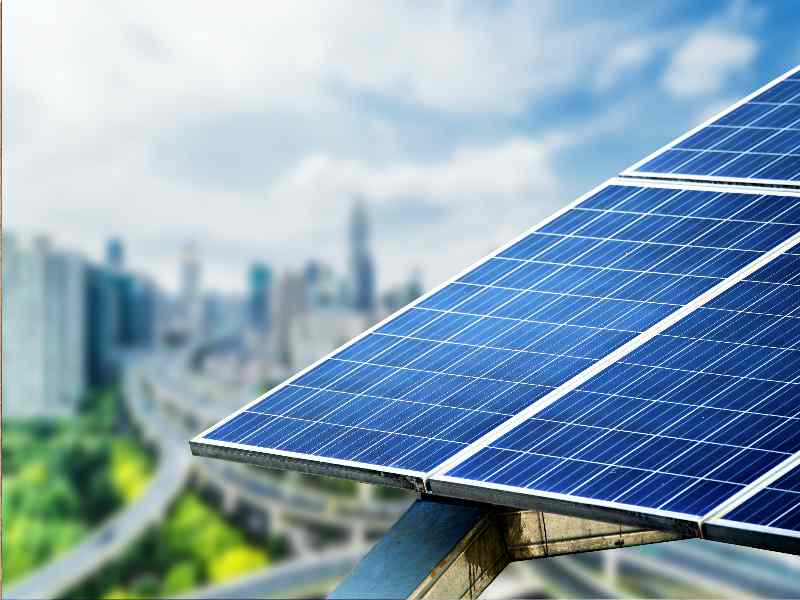What are the 3 types of solar panels?
The decision of installing solar panels in your home, business, or office is great. You will be generating power not only for your consumption, but you can earn by giving the surplus power to the central power grid.
Before you go deeper into the technical aspects of solar panels, you should understand three types of solar panels. Different types of solar panels are made for different conditions.
Monocrystalline solar panels
These panels have been there in the market for quite a long time. When we think about solar panels installed in the home, they are normally Monocrystalline type. Solar panels are capable of producing power even when the sunlight is low. They are slightly more expensive than other types of panels. It is because their manufacturing process is more complex.
The panel consists of crystals, and they get impacted by very high temperatures. Therefore, they are suitable in countries where the sunlight is moderate even in summer. They have a shimmering blue tone, and their work efficiency is 15 to 20 percent. However, after 25 years, you can expect 12 to 15 percent efficiency from these panels.
Polycrystalline solar panels
They are quite commonly installed nowadays, but their efficiency is a little less than Monocrystalline type solar panels. If there is plenty of space available, then these panels can be installed. They are suitable in farms and large plants. As mentioned before, they are slightly cheaper than monocrystalline solar panels because their manufacturing process is simpler.
These panels consist of several monocrystalline solar panel crystals in each cell. They are not as sensitive to high temperatures as monocrystalline panels are. The efficiency is between 15 to 20 percent. However, after 25 years, you can expect 12 to 15 percent efficiency from these panels.
Thin film solar panels
The manufacturing process and appearance of thin film solar cells differ from crystalline solar cells. They are made from a flexible material. Therefore, it is possible to use them on rounded surfaces in the form of round cells. They can be glued directly to roof tiles.
They are cheaper than crystalline solar panels, but they have a shorter lifespan. They have a thin layer of silicon applied to metal, glass, plastic, or silicon. They do not get affected by high temperatures. They look like thin black film. The efficiency is 10 to 15 percent.
As technology evolves, more efficient and low-cost solar panels are being developed.
Share this content:







